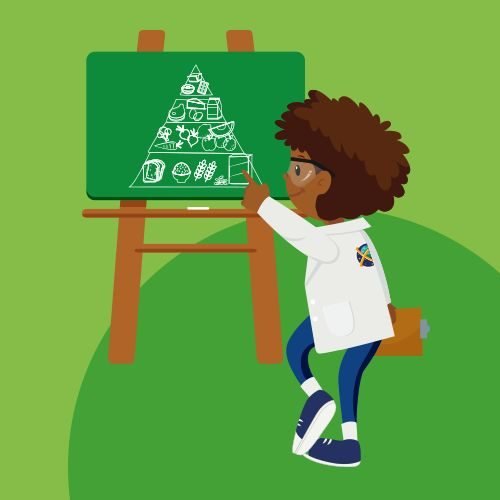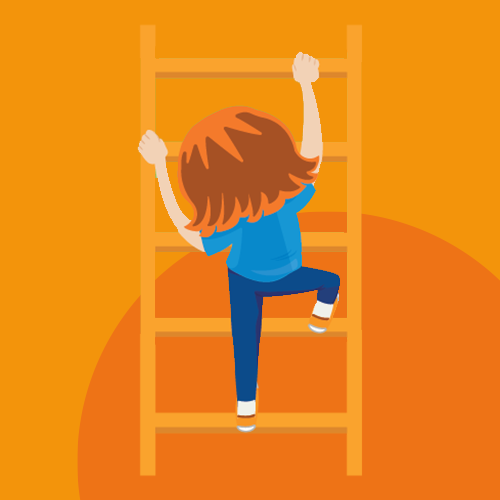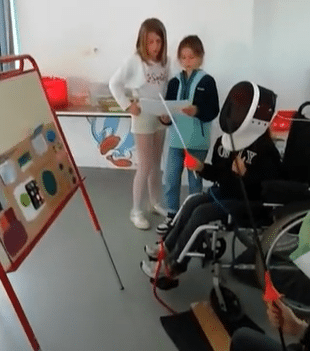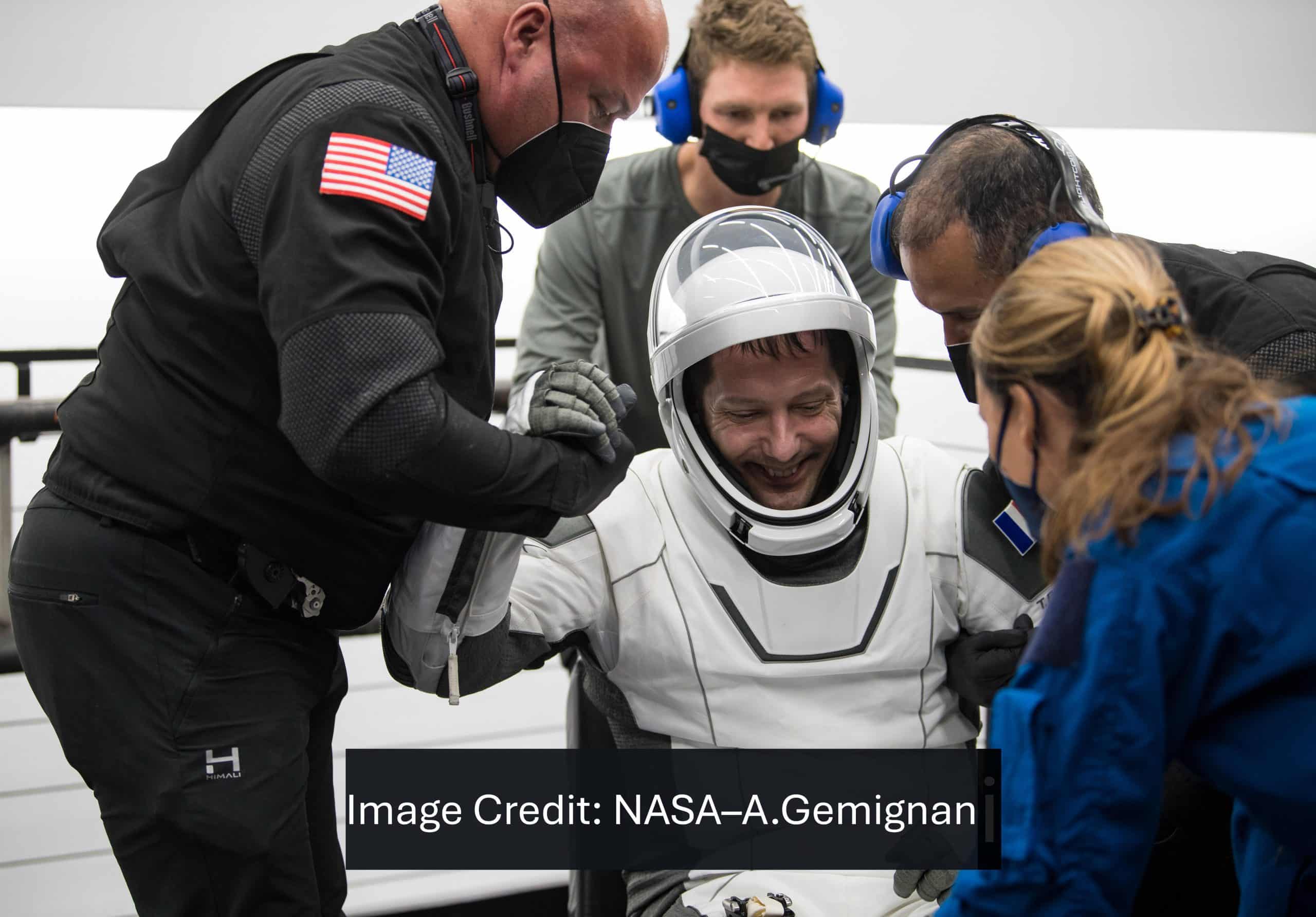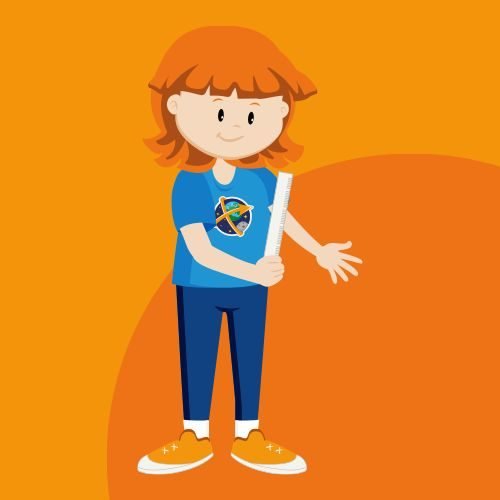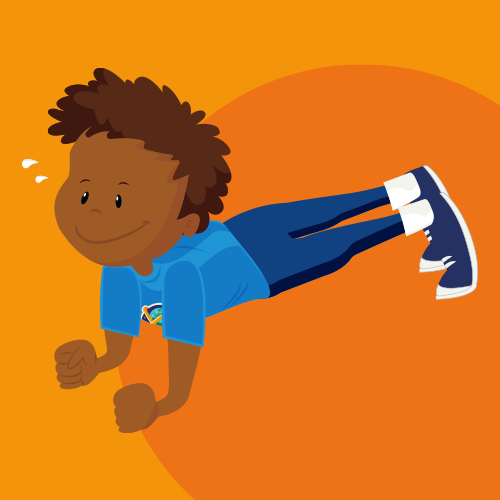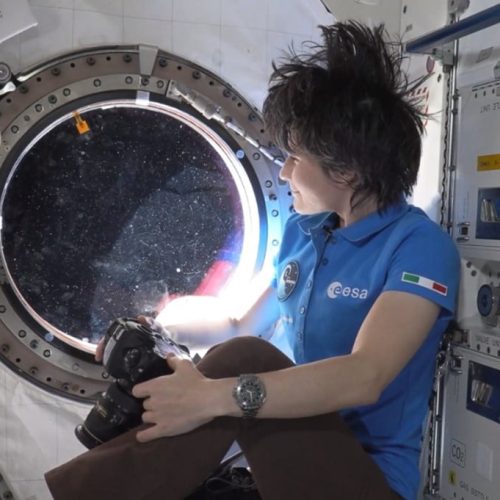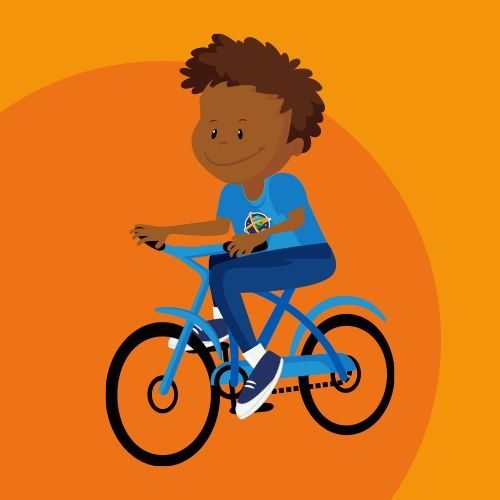Living Bones, Strong Bones
Your Mission: Observe and compare bones, and design bone models to investigate ways to keep bones healthy.
Explorers need strong bones so they can face the physical challenges placed on their bodies while in space. The longer astronauts are in the environment of space, the more weak their bones become due to a lack of loading forces. Bones below the waist are most affected by reduced gravity environments, and the bones located in these areas are more likely to suffer bone loss during spaceflight. It is important for astronauts to train before, during, and after their flight in space to maintain strong bones all their lives. A diet including calcium and Vitamin D also helps astronauts maintain strong bones.
In this investigation, teams will identify ways to keep bones healthy, and observe the effects of reduced gravity on bone models. They will also observe and compare bones, and design bone models using index cards to hold weight.
- Observe bones, and compare bone size relative to the living being in which the bones are found
- Design a bone model, then compare and contrast the weight bearing capacity of their bone model, making inferences about bone structure, weight-bearing bones, and the effects of different environments on those bones
- Per class:
- meter stick
- balance scale
- gram weights
- Per group:
- two snack size zipper-seal bags
- one cooked, clean, dry chicken thigh or leg bone
- centimeter ruler
- five index cards (7.6 x 12.7 cm or 3 x 5 in)
- clear cellophane tape
- cardboard square (approx. 24 x 24 cm or 9.4 x 9.4 in)
- textbooks or reams of paper
- enough aquarium gravel to fill a snack size zipper-seal bag to 1/3 full
- Per student:
- Living Bones, Strong Bones Student Section
- safety glasses or goggles
- red pen
- hand lens
Explore more Mission X activities!
Your Mission: Investigate healthy food choices and Calorie needs for life on earth vs. life in space Astronauts living on …
Your Mission: Perform a climb training activity on wall bars or a rock wall to improve balance and coordination, and …
Votre mission: Résistez à la gravité pour marquer le plus de points possible. This resource was created by CNES, ESERO …
Your mission: Complete an obstacle course in a wheelchair to develop your coordination and endurance. This resource was created by …
Your Mission: Perform a reaction time activity using a ruler to practice hand-eye coordination and concentration. In preparation for space …
Your Mission: Investigate the relationship between microorganisms and many every day products. Microbes live everywhere, including outer space! Scientists have …
Your Mission: Perform the Commander Crunch and Pilot Plank to improve the strength in abdominal and back muscles. Astronauts in …
Your Mission: Follow Samantha’s routine on the ISS for one week and compare her daily tasks to yours. Observe your …
Let’s HIIT the space gym and get ready to sweat! To keep those hearts and lungs healthy, perform a series …
Your Mission: Train with a cycle to improve leg muscles, cardio-vascular fitness and endurance. One exercise device that is regularly …


